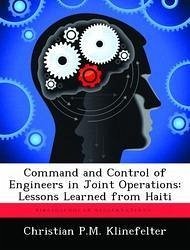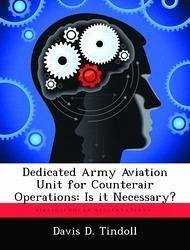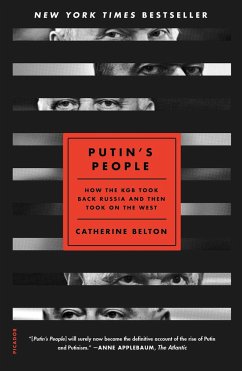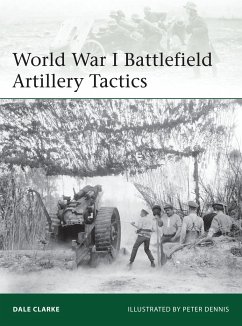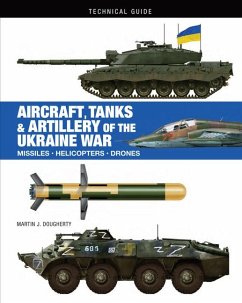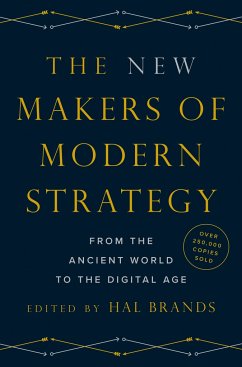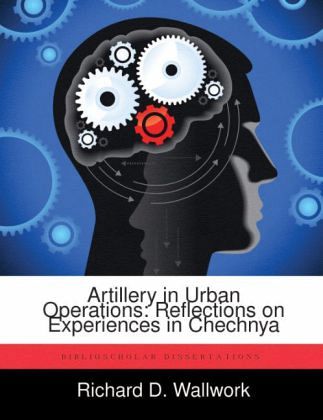
Artillery in Urban Operations: Reflections on Experiences in Chechnya
Versandkostenfrei!
Versandfertig in über 4 Wochen
52,99 €
inkl. MwSt.

PAYBACK Punkte
26 °P sammeln!
Artillery operations during the two Chechen conflicts have been extensive. The battles fought in Grozny provide relevant contemporary examples of large-scale urban fighting involving artillery. As the amount of urban areas in the world continues to increase, so does the probability of fighting there. Possible enemies are looking at ways of negating the perceived technological advances of the more powerful nations, and making use of the shelter of an urban jungle is one way to do this. The modern artillery commander needs to understand the requirements and implications of fighting in urban area...
Artillery operations during the two Chechen conflicts have been extensive. The battles fought in Grozny provide relevant contemporary examples of large-scale urban fighting involving artillery. As the amount of urban areas in the world continues to increase, so does the probability of fighting there. Possible enemies are looking at ways of negating the perceived technological advances of the more powerful nations, and making use of the shelter of an urban jungle is one way to do this. The modern artillery commander needs to understand the requirements and implications of fighting in urban areas. This thesis provides a background to the Chechen conflict, details of the two major battles for Grozny from an artillery perspective, the lessons observed, and an analysis of these lessons. In examining how a largely untrained and ill-equipped Chechen force inflicted several devastating blows to the Russian Army, it is possible to be prophetic and estimate how a modern military would havefared in such a situation. If preparation is inadequate for urban operations, in time, other militaries may suffer a similar fate. This thesis should provide a building block for the artillery commander for use in training and in future urban combat doctrine development.




